The science of preserving nature since 1964
Beware of this Beautiful Insect...
We’ve been raising the alert on Spotted Lanternfly (SLF) in this newsletter since 2019 — but recently the pest has become a matter of great concern throughout our region and beyond. SLF typically infests plants in very large numbers and sucks the sap from stems and leaves. This results in weakening the plant or tree and making it susceptible to other pests and diseases. The insect is a significant threat to a wide range of agricultural crops including walnut, grapes, hops, apples, and blueberries that could cost state economies hundreds of millions of dollars.
Almstead has available treatments for controlling SLF. Please contact your local branch office right away if you see them on your property.
Spotted Lanternfly (Lycorma delicatula) is native to Asia and was first discovered in Pennsylvania in 2014 but has now spread to New Jersey, Delaware, Maryland, Virginia, West Virginia, New York, Connecticut and Ohio. As SLF feeds on a plant, it also excretes honeydew, a sugary substance which can attract bees, wasps, and other insects and promotes the growth for a sooty mold (fungi). This black mold can quickly cover the plant, forest understories, patio furniture, cars, and anything else found below the feeding area.

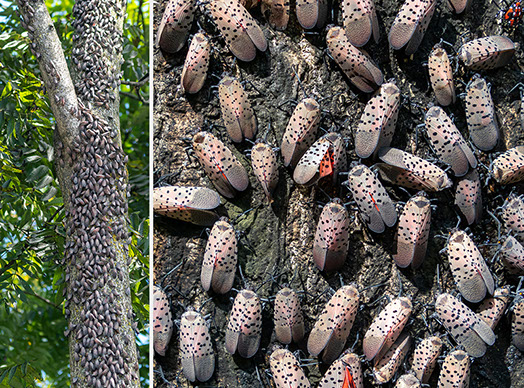

Life Stages of Spotted Lanternfly
Egg masses resemble old chewing gum, with a gray, waxy, putty-like coating. Hatched eggs appear as brownish, seed-like deposits.
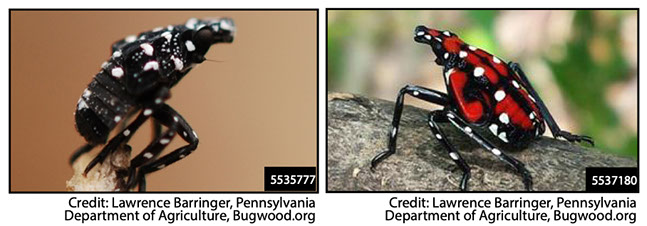
Spotted lanternfly nymphs are about quarter-inch to half-inch long. They are wingless and beetle-like, first appearing black with white spots and developing red patches as they mature.

Adults are roughly one inch long. Their folded wings are gray to brown with black spots. Open wings reveal a yellow and black abdomen and bright red hind wings with black spots transitioning to black and white bands at the edge.
Spotted Lanternfly can be easily spread to new locations when people accidentally transport eggs or other life stages into new areas. Females can lay their eggs on nearly any surface including vehicles, patio furniture and outdoor equipment, as well as trees. This means SLF can be easily spread over long distances if people move the articles bearing the eggs.
Hosts for Spotted Lanternfly
Tree of Heaven (Ailanthus altissima), which is native to China, but was widely planted in much of the eastern U.S. decades ago for erosion control, is a highly preferred and perhaps required host for SLF. The tree was also planted as an ornamental street tree in many municipalities because it can grow on a variety of soils, including disturbed areas. It is now considered an invasive plant.
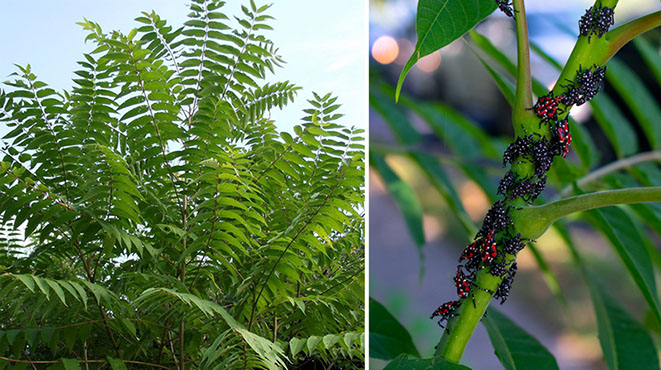
Tree of Heaven may be the most common large shade tree behind many a brownstone and building throughout the five boroughs of New York City as they can grow almost anywhere and are very tolerant to urban conditions and can mature with limited soil space.
SLF can also feed on American Beech, Basswood, Sycamore, Big-Toothed aspen, Black Birch, Black Cherry, Black Gum, Black Walnut, assorted Dogwoods, Japanese Snowbell, Maples, Oaks, Paper Birch, Pignut Hickory, Pines, Sassafras, Serviceberry, Slippery Elm, Tulip Tree, White Ash and Willows.
Managing Spotted Lanternfly
Federal officials and agriculture departments from states up and down the Northeast have asked the public to squash these insects, their nymphs and eggs on sight. New Jersey's Department of Agriculture has asked its residents to “Stomp it Out.”
The New York Department of Agriculture and Markets has asked residents to kill them immediately by stepping on them or crushing them.
Connecticut’s Department of Energy and Environmental Protection has asked homeowners to kill the insect and to not move any wood or other potentially infested material from the site.
In Pennsylvania the state has issued a SLF Quarantine which imposes fines and even potential criminal penalties on anyone who intentionally moves the bug, at any stage of its life. Other means of stopping the spread of Spotted Lanternfly include removing all Tree Of Heaven trees or other infected trees from a property.
Almstead offers specialized treatments for the control of SLF. Please contact your local branch office.

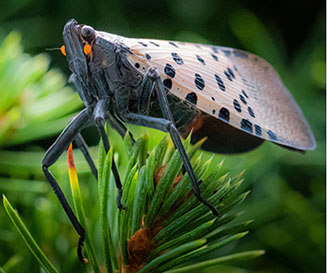
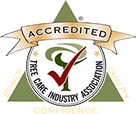
LOCATIONS:
Lower Westchester County, NY and New York City
58 Beechwood Ave, New Rochelle, NY 10801
914-576-0193
Upper Westchester (North of I-287)
15 Broadway, Hawthorne, NY 10532
914-741-1510
Fairfield County, Connecticut
547 Hope Street, Stamford CT 06907
203-348-4111
Bergen & Passaic Counties, NJ
504 High Mountain Road, North Haledon, NJ 07508
973-636-6711
Contact us for a Free Consultation
